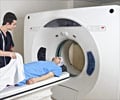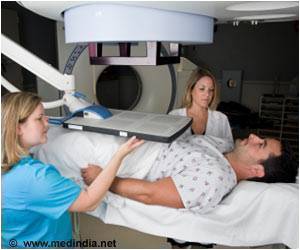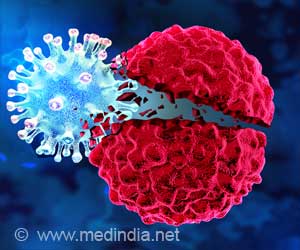Additional breast cancers found with MRI are sometimes larger and potentially more aggressive than those found on mammography.

‘Breast MRI is the most sensitive technique for the detection of breast cancer. Additional breast cancers found with MRI are sometimes larger and potentially more aggressive than those found on mammography.’





To learn more, Dr. Iacconi and colleagues reviewed records from 2,021 patients with newly diagnosed breast cancer who underwent biopsy after preoperative MRI. Of the 2,021 patients, 285, or 14%, had additional cancer detected on MRI that was hidden from view on mammography. In 73 of those 285 patients, or 25.6%, MRI identified at least one additional cancer in a different quadrant of the breast than the index cancer, or the cancer detected by mammography and/or breast palpation.
These multicentric cancers were larger than the known index cancer in 17 of the 73 patients, or 23.3%. In addition, the MRI-detected multicentric cancers were greater than 1 centimeter in size in 25% of the 73 patients.
Dr. Iacconi said, "We believe invasive cancer larger than 1 centimeter is clinically relevant disease. In general, it is accepted that radiation can likely treat invasive cancer less than 1 centimeter, but lesions larger than 1 centimeter, especially invasive carcinomas, may not be reliably treated with conservation."
The additional MRI-detected multicentric cancers were found mostly in patients with heterogeneously dense or extremely dense breasts. However, MRI also detected additional disease in 19% of patients with fatty or scattered fibroglandular tissue. Dr. Iacconi said, "The results show that multicentric cancer detected on breast MRI after mammography appears to represent a larger tumor burden in approximately a quarter of patients and can result in potential changes to cancer grade and treatment."
Advertisement















